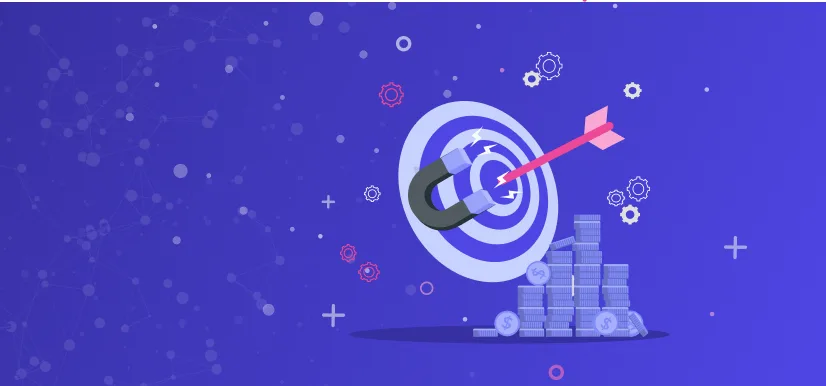- Personalization
Why Your Content Needs to Be Personalized and How to Do It


With so much content on the web, it's imperative that you personalize your content in order to boost conversions.
In this article, we go over some of the reasons why personalizing content is important along with some examples of how to do it.
Personalization Builds Up Credibility
One reason why your content should be personalized is that it helps you build up credibility and trustworthiness. People often question the validity of companies and individuals, so if you prove that you are a real person and not just an entity, it will benefit you in many ways.
With personalized content, you're seen as more accessible. Personalized content tells readers that there is a real person behind the words on their screen.
You're not only telling the reader that you're a real person, but you are also showing them that you know who they are and what they need. This builds a connection with the reader that can't be faked, and it will make them more likely to come back to you in the future.
It's true that such a strategy works in all domains of business, content, and even politics. We've all heard the old adage that those who are comfortable with a horse and buggy didn't think they needed a car until they saw one. We've also heard this adage be applied to Steve Jobs' visionary work with the iPhone.
Your content can have the same role as these innovators.
Sometimes the reader doesn't know what they need but you are telling them what it is through your personalized content.
It's a form of fact discovery and catharsis for anyone it's personally tailored to.
Personalized Content Increases Conversions
Another reason why you should personalize your content is that it will increase your conversion rate if you're using content to market your product or service.
The difference between personalized and un-personalized content is this: Personalized content makes readers feel like they've been given value because the information or product you are offering them is based on what they need, not just anyone's need.
Giving the reader value through personalized content is only one component that helps land a conversion. Personalization also has to do with your SEO.
The reason why personalized content can help you land conversions via SEO is that, when done properly, your content is written for keywords that are geared towards your buyer's intent.
Writing content for keywords that have your buyer's intent means imagining what your buyer is searching for on Google and other search engines. If you are selling shirts made with eco-friendly materials, write an article that has to do with the keyword "eco-friendly shirts near me."
Writing for keywords that aim for your buyer's intent is a form of personalizing your content, and it's simply another reason why you should personalize all of your content.
How to Personalize Your Content
Before you go ahead and personalize your content, the first thing you have to do is figure out where your content is going to be distributed.
Is your content a series of posts on LinkedIn or another platform? Is it an email marketing campaign that goes out biweekly? Is it a blog on your website?
When you have an idea of how your content will be distributed, it's much easier to know what you need to do to make the content.
It's hard to make a recipe when you don't have an idea of what the vision is. You can view the same for your content.
Now that you know how your content is going to be distributed, establish a set of items that you're able to personalize for your platform of choice for distribution.
Let's use email as an example.
With email, you are able to personalize the following attributes in your content:
First and last name
Their location
Their employer's name
Their employer's location
Previous content they've read by you via email
And more.
Let's say that you are sending out an email sequence campaign that markets to people who read your previous email sequence but haven't yet converted.
You can use a combination of creativity and attributes for personalizing the email sequence.
The first email to the prospect can look something like this...
"Hey {first.name},
"How's the weather like in {city.name}?
"I saw that you opened up my previous message but I didn't want you to miss out on what we're giving you."
Then you can go on and explain the value add that your product or service provides.
Email lets you be creative in which personal attributes you can use since email as a platform is directly compared to others.
If email lets you personalize content based on specific indicators like location, how can you personalize content when such attributes are unavailable?
Easy: write content that the person you're trying to convert needs.
As an SEO marketer, I regularly read content on the top SEO trends that are happening and how I can use those insights to apply them to my business.
This is why I read HubSpot's blog and watch Neil Patel's videos on LinkedIn and YouTube.
With the latter, Neil is neither saying my first name nor my location in the video. But the video is still personalized because it's tailored towards my needs as an SEO marketer and writer that is looking to grow my business's inbound marketing.
Personalized content doesn't always mean saying someone's name, it can also mean simply serving their information needs.
Conclusion
When done correctly, personalization is one of the most effective ways to connect with your audience and show that you understand their needs. It's a great way to build trust and credibility, and it helps with your SEO.
Learn how to deliver unique and personalized customer experiences to increase conversions

